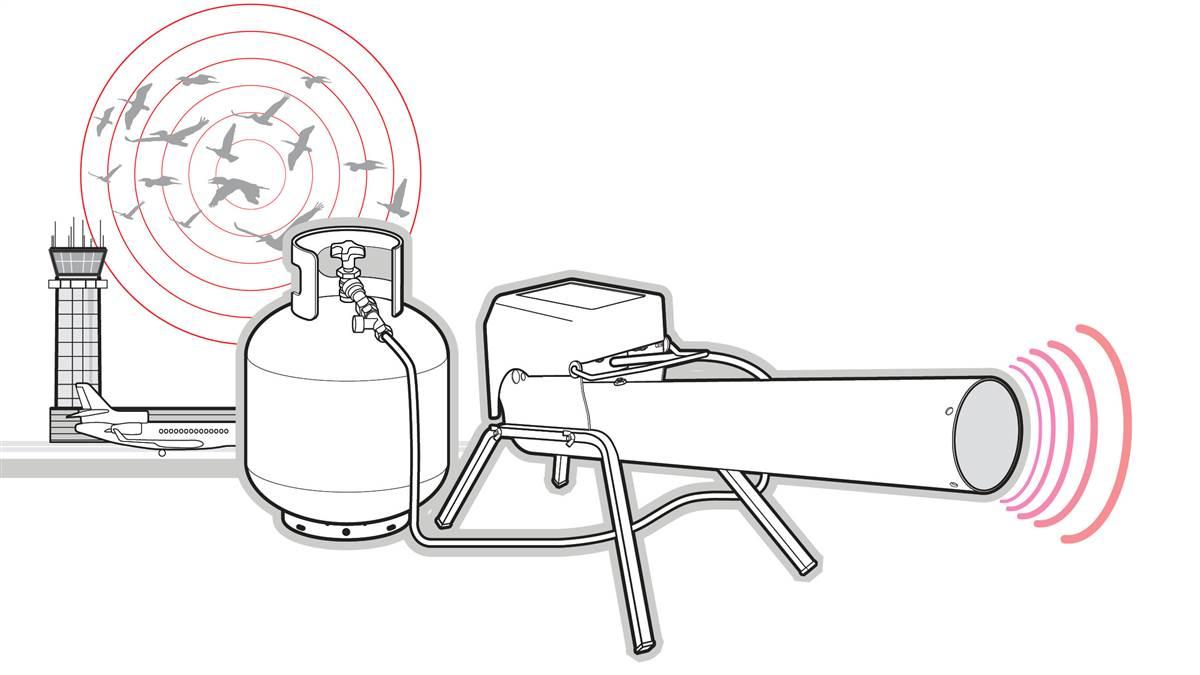
Birds are no friends to aircraft. The first pilot to be involved in a bird strike is believed to have been Orville Wright in 1908. The first recorded fatality resulting from a bird strike was in 1912. Bird strikes account for more than $600 million in damages each year, according to the FAA.
The population of birds in the United States has been increasing in the past two decades, including large birds. The Canada goose population has tripled in the last decade, and there are now more than 5 million in the United States. These geese weigh an average of 12 pounds. There also are between 500 million and 1 billion birds that migrate over the United States each year. This is why more bird strikes occur during the migratory season, which falls between July and November. Most bird strikes occur during the day, but about 25 percent occur at night. Birds can be spotted at altitudes above 20,000 feet, although they usually top out around 7,000 feet agl.
To deter birds at airports, many employ the bird cannon, a sound-emitting device that frightens and disorients birds, and other wildlife too. The pressure-regulated sonic blast can be as loud as 125 decibels, equal to the sound of an oncoming ambulance or a jackhammer on the street. A typical cannon is powered by a five-gallon propane tank and emits blasts at 20-minute intervals. It will fire unattended for extended periods, and the noise covers approximately five acres.



